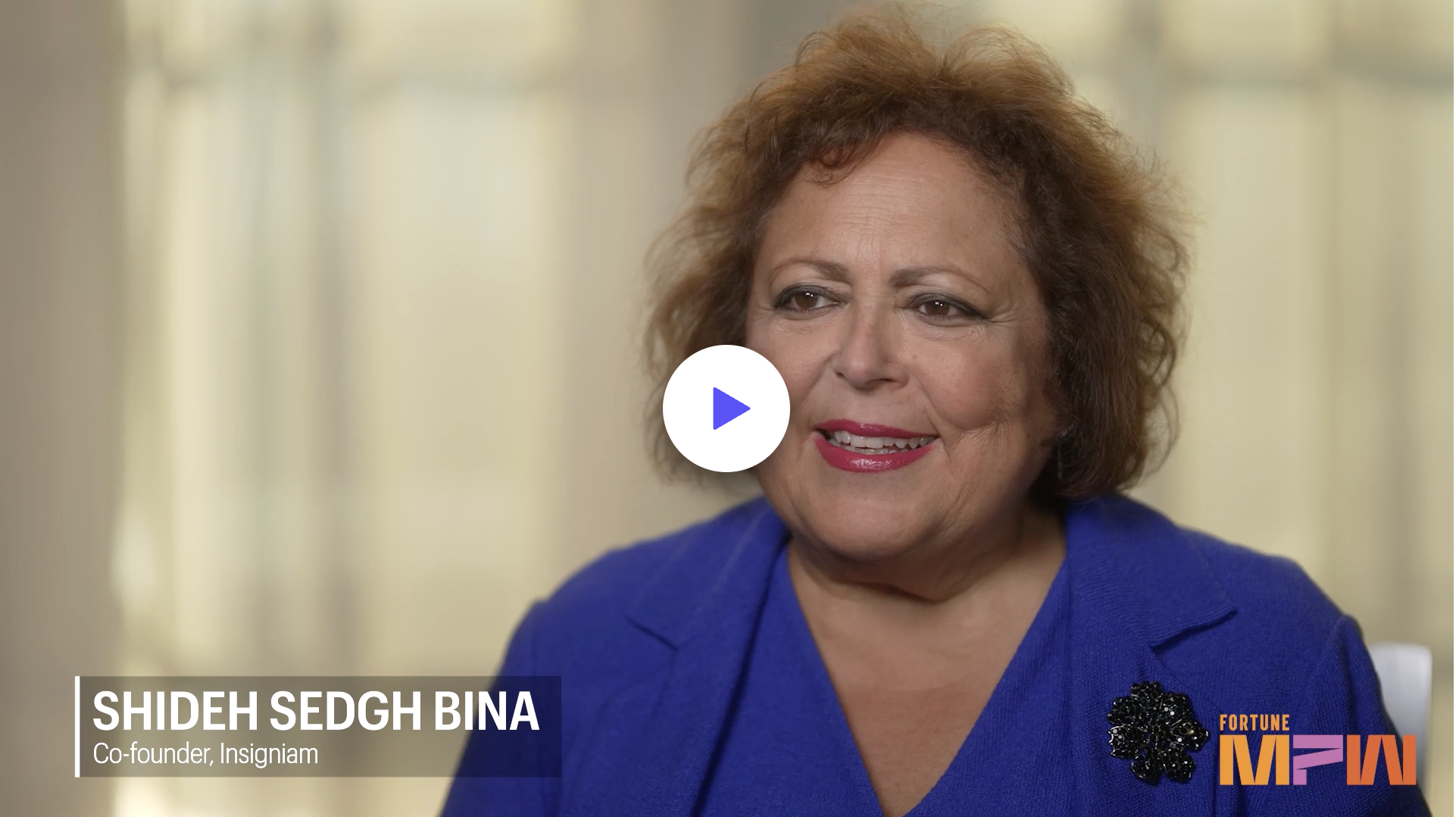The Transformation Road Map
The greater the change in an industry, the greater the need to change old business models. The complexity of large businesses makes that task difficult. How can you take a disciplined approach to business model transformation? That’s a question several companies have failed to answer as their industries evolved.
Borders never capitalized on the market’s embrace of the e-reader. Kmart didn’t recognize the customer service changes that were taking place in the retail industry.
Mohawk Fine Papers, a privately held paper manufacturer founded in 1931, was recently faced with a change-or-die decision thanks to a radically transforming marketplace. For several years, digital technology had been altering the ecosystem of Mohawk’s distribution channel partners, known as “merchant” distributors, and its end-user customer base of large offset printing firms.
Technology was also spurring a shift from print to online publishing. Global competitors offering cheaper services had emerged. The company’s distribution partners were having a tough time adjusting, were cutting back on marketing to end-users, and were reducing inventories to save money. Two years ago, it became starkly apparent that these trends endangered Mohawk’s survival.
“In just one year, 2011, we realized that conditions were changing even more quickly than we had seen before,” says Thomas O’Connor, Mohawk’s CEO. “For example, it was clear that our next generation of buyers would want to buy our products on their smartphones.” And those buyers would prefer to buy directly from Mohawk. That’s quite a contrast from the historic sales channel model of distributors interacting with most end-users and fulfilling their orders. O’Connor issued a challenge to the company to revamp the business model — and quickly.
As an organization like Mohawk realizes that profound changes are required to meet a shifting market landscape, widespread internal support for taking bold steps begins to build. Despite the inherent organizational forces that resist dramatic change, once management commits to the renovation of the business model, momentum for action grows stronger. The key challenge at this point is to implement a process that can generate innovative ideas that lead to the best possible revamped business model.
There are few templates, though, for unleashing business model innovation in a large corporation — an institution designed more to produce conformity rather than transformative ideas. One exercise that has proven effective aims to encourage participants to make suggestions far out of the mainstream — some of which might even seem outlandish. It begins with the study of the business model map.
The Business Model Map
The business model map identifies the major aspects of a business — internal and external — and diagrams the company’s relationships with customers, suppliers, and key business partners. From these ingredients, we can graphically describe the company’s recipe for success, and more importantly, find ideas for a new formula.
Business model transformation begins with searching for gaps between market solutions available and customer needs … even if those needs haven’t been articulated by customers. To identify those gaps, a team of 10 to 30 people representing multiple business functions (or from within a single division if the business model refocusing is solely for one division) dedicate a few days to brainstorm. Mohawk’s transformational team consisted of key management personnel from product development, customer service, sales, and finance, and a board of directors made up of retired CEOs. A transformational team identifies the potential gaps that the organization could exploit with a new business model through several perspectives:
- Value-driven
- Customer-driven
- Finance-driven
- Resource-driven
Value-driven solutions create new value propositions that currently do not exist, and require innovation of other elements on the map. You can get at these points by asking questions such as:
- What do people have to “put up with” or fix about our product that we could address?
- What would people want but don’t ask for because they think it’s impossible?
Mohawk addressed this perspective by realizing that some customers want to make purchases by smartphone and responded with beefed-up e-commerce offerings.
Customer-driven solutions are based on customer needs, which often tap into new customer categories. You can get at these by asking questions such as:
- What kinds of new customers could we reach?
- Can we sell to new demographics: young men, or perhaps single parents?
- To market our products, should we focus on repeat buyers or look to increase sales from occasional buyers?
- Can we reach customers ‘priced out’ of the market? What about premium-minded spenders?
In Mohawk’s case, answers included establishing more direct contact with end-users, which meant a whole new world for the sales staff. There’s now a focus on selling to the end customer rather than to wholesalers/distributors. New customer categories include professional photographers and consumers through custom photography printing products.
Finance-driven innovation is based on new kinds of revenue streams, cost structures, and pricing mechanisms that can also unlock new markets. Questions include:
- What other ‘methods of use’ are available to our customers? (i.e., rent, lease, sell, subscription)
- How would reducing or increasing the average time between purchases or the average dollar amount spent on a purchase impact our business model?
- What kinds of cost structures does the company rely on that we can change (scope, scale)?
For Mohawk, serving smaller orders directly addressed this perspective. The company’s new online photo-sharing business opened a new revenue stream from the consumer world. The company’s website, offering printing services for calendars and books, has entirely new pricing mechanisms to serve a previously unfamiliar market, as Mohawk used to be solely focused on large publishers and wholesalers.
Resource-driven innovation originates from an organization’s existing infrastructure or partnerships to expand or transform the business model. Questions include:
- What is our most important asset?
- How might that asset be used to satisfy new market needs?
A longtime supplier to the printing industry, Mohawk used its expertise in printing to expand into materials other than paper. For example, the company bought a plastics company that sells magnets and signs customized with photos, a product line with a higher profit margin than paper.
As brainstorming wraps up, participants discuss which ideas seem the most likely to produce changes that can transform the business. The next step is to develop an implementation plan that could radically transform the company in as quickly as a few months.
The New Mohawk
With a revamped business model, Mohawk is a profoundly changed organization. That is symbolized by a decision to drop “Fine Papers” from its name on all its marketing materials and corporate communications media. Branding itself simply as “Mohawk,” the company, which was already dabbling in e-commerce, went all in last year — providing more online options aimed at creating “a seamless purchasing experience for all customers from merchants to printers to small businesses,” the company says. This strategy lets Mohawk fulfill small orders that are not profitable for their distributors.
“The distributor continues to be a channel partner, but we have many new customers now,” O’Connor says. Mohawk also consolidated its core paper lines, taking 22 paper grades (brands) down to six, making for a simpler, clearer presentation of brands and products to customers.
Mohawk is now smaller and makes fewer products, but is more profitable than it has ever been. Between 2011 and 2012, Mohawk reduced its top line by $50 million, but increased operating profit by 26 percent through a strategy that includes selling higher-margin products.
Mohawk’s oldest premium-grade paper is called Superfine. It was introduced in 1945 and is the paper-of-choice for the finest limited edition books, illustrated art books, museum catalogs and corporate literature — like annual reports. In 2012, Superfine experienced a 51% sales growth, due in part to the growing digital print market and a unique product enhancement — a proprietary surface treatment called i-Tone — which improves ink performance on Superfine when run on digital press equipment.
That the company could make critical course corrections quickly is a testament to the ability of top brass to analyze industry turmoil and then create and implement a transformative business model.
Gregory Trueblood is a California-based Insigniam consultant.



